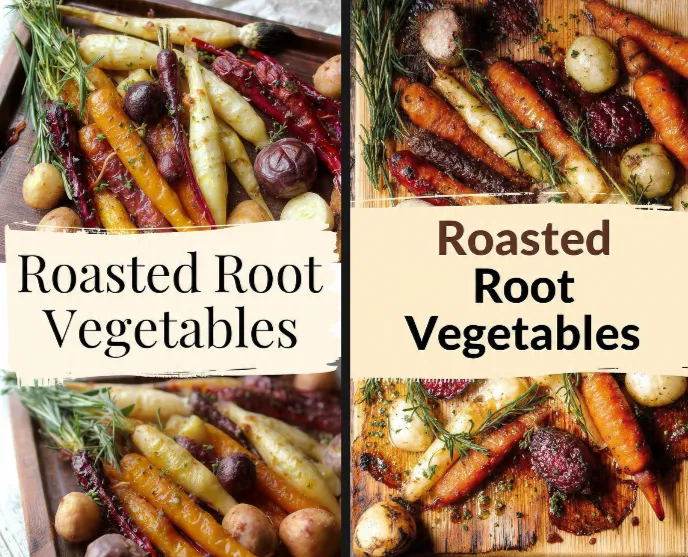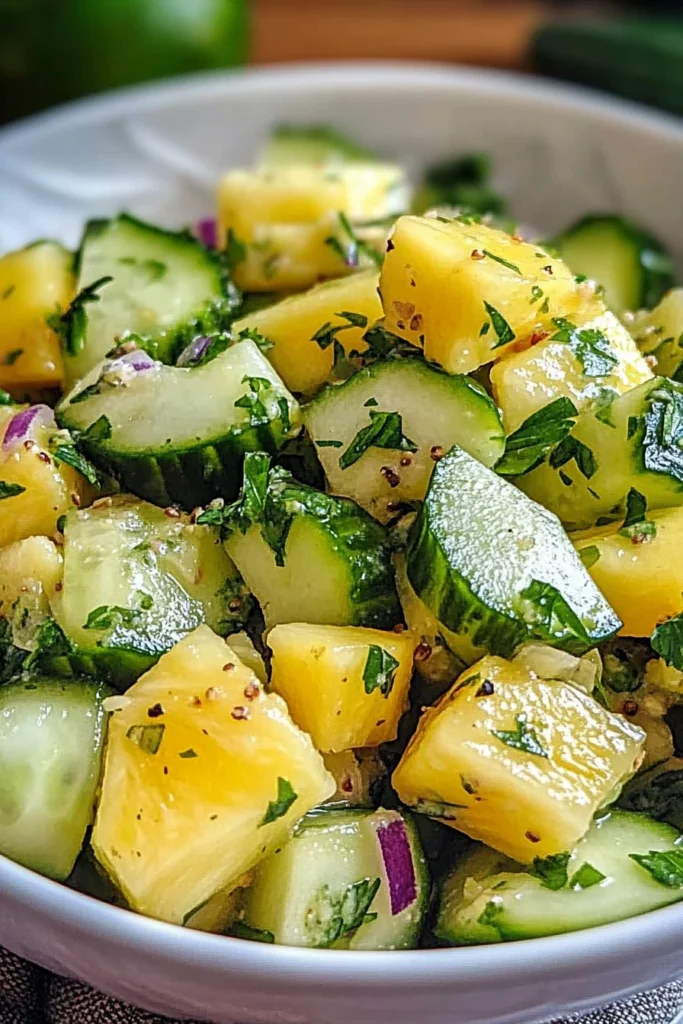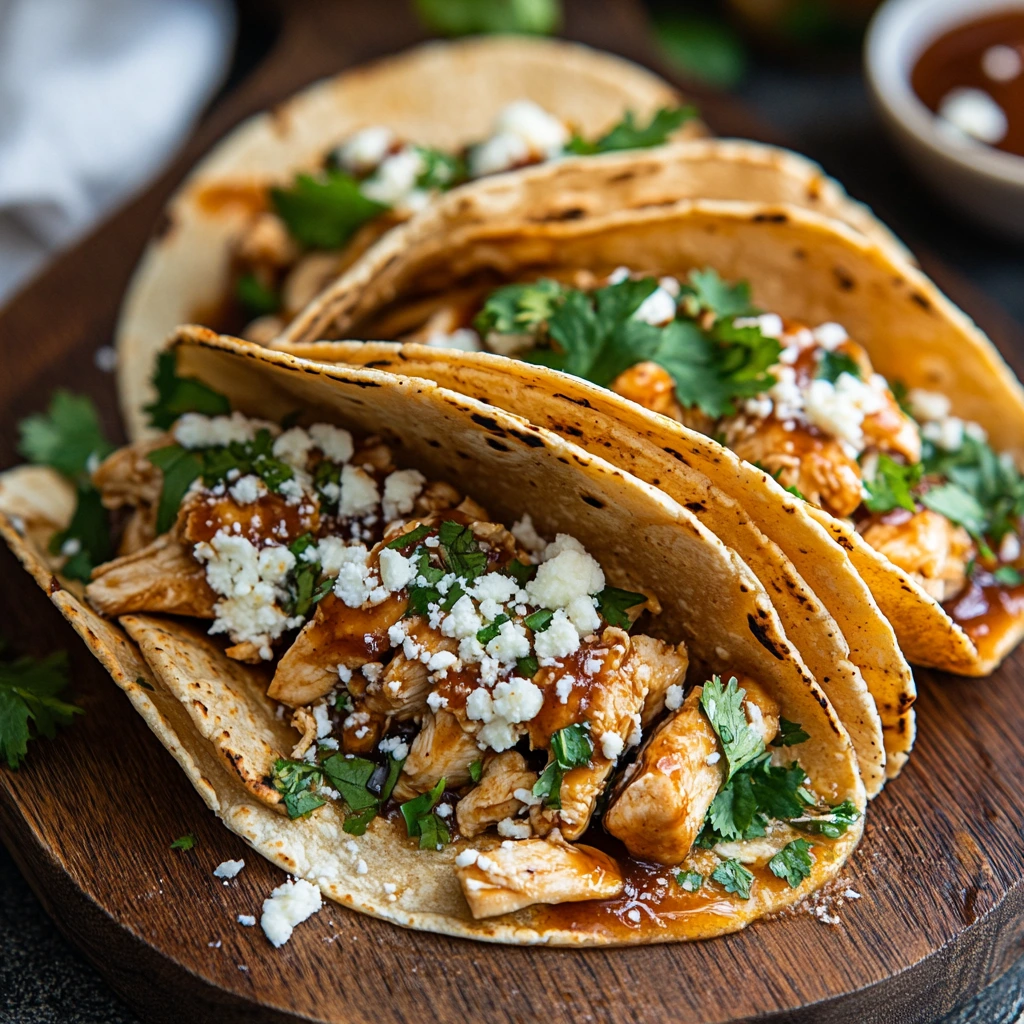Roasted Root Vegetables are a celebration of color, flavor, and texture. This simple yet elegant dish transforms humble vegetables like carrots, parsnips, sweet potatoes, and beets into a caramelized medley of sweetness and earthiness. Roasting brings out their natural sugars, creating crisp edges and tender centers that make every bite irresistible. Perfect for holidays, Sunday dinners, or weeknight meals, roasted root vegetables are as beautiful as they are delicious.
The beauty of this dish lies in its versatility. It can be customized with any combination of root vegetables and herbs, making it a perfect way to use seasonal produce. Whether served alongside roasted meats, poultry, or fish, or enjoyed as a vegetarian main course, roasted root vegetables bring warmth and comfort to any table.
The Essence of Roasted Root Vegetables
The essence of roasted root vegetables lies in the transformation that occurs in the oven. The high heat caramelizes the natural sugars in the vegetables, intensifying their flavor and creating a golden, slightly crisp exterior. The inside remains tender and sweet, offering a perfect contrast of textures. A drizzle of olive oil, a sprinkle of salt, and a handful of herbs elevate the dish from simple to spectacular.
It’s a recipe that celebrates the beauty of nature’s bounty — colorful, nourishing, and deeply satisfying.
Why This Recipe Works
This recipe works because it uses high heat and simple seasoning to bring out the best in each vegetable. Roasting at 425°F (220°C) ensures caramelization without drying out the vegetables. Cutting them into uniform pieces guarantees even cooking, while tossing them in olive oil and herbs enhances their natural flavor. The result is a dish that’s vibrant, flavorful, and perfectly roasted every time.
The combination of technique and simplicity makes this recipe foolproof and endlessly adaptable.
Ingredients and Their Roles
Root vegetables: The foundation of the dish. Carrots, parsnips, sweet potatoes, beets, and turnips each add unique flavor and color.
Olive oil: Helps the vegetables roast evenly and develop a crisp exterior.
Salt and pepper: Essential for seasoning and balance.
Garlic: Adds depth and aroma.
Fresh herbs: Rosemary, thyme, or parsley enhance the flavor and fragrance.
Balsamic vinegar or honey (optional): Adds sweetness and a glossy finish.
Step-by-Step Recipe
Ingredients
- 2 carrots, peeled and cut into 1-inch pieces
- 2 parsnips, peeled and cut into 1-inch pieces
- 1 sweet potato, peeled and cubed
- 1 beet, peeled and cubed
- 1 small turnip or rutabaga, peeled and cubed
- 3 tablespoons olive oil
- 2 garlic cloves, minced
- 1 teaspoon salt
- ½ teaspoon black pepper
- 1 teaspoon fresh rosemary, chopped
- 1 teaspoon fresh thyme leaves
- 1 tablespoon balsamic vinegar or honey (optional)
- Fresh parsley for garnish
Preparation
- Preheat the oven. Set the oven to 425°F (220°C). Line a large baking sheet with parchment paper for easy cleanup.
- Prepare the vegetables. Peel and cut all vegetables into uniform pieces to ensure even cooking.
- Season. In a large bowl, toss the vegetables with olive oil, garlic, salt, pepper, rosemary, and thyme until evenly coated.
- Arrange on the baking sheet. Spread the vegetables in a single layer, leaving space between pieces for proper roasting.
- Roast. Bake for 35–45 minutes, stirring halfway through, until the vegetables are tender and caramelized.
- Finish. Drizzle with balsamic vinegar or honey if desired, and toss gently.
- Serve. Transfer to a serving dish and garnish with fresh parsley. Serve warm.
Tips for Perfect Roasted Root Vegetables
- Cut vegetables evenly for consistent cooking.
- Don’t overcrowd the pan — space allows for caramelization.
- Roast at high heat for crisp edges and tender centers.
- Stir halfway through for even browning.
- Add delicate herbs like parsley after roasting to preserve freshness.
Variations and Flavor Combinations
1. Classic Herb Roasted Root Vegetables
Traditional version with olive oil, rosemary, and thyme.
2. Maple-Glazed Root Vegetables
Drizzle with maple syrup before roasting for a sweet, caramelized finish.
3. Garlic and Parmesan Roasted Vegetables
Add minced garlic and sprinkle with Parmesan before serving.
4. Spicy Roasted Root Vegetables
Add a pinch of cayenne or smoked paprika for heat.
5. Honey Balsamic Roasted Vegetables
Toss with honey and balsamic vinegar for a glossy, tangy glaze.
6. Citrus Herb Roasted Vegetables
Add orange zest and juice for a bright, refreshing twist.
Serving Suggestions
Roasted Root Vegetables pair beautifully with:
- Roast chicken or turkey.
- Grilled steak or pork chops.
- Baked salmon or cod.
- Lentils or quinoa for a vegetarian meal.
- Green salads or soups for a balanced plate.
They’re perfect for:
- Thanksgiving or Christmas dinners.
- Sunday roasts.
- Weeknight meals.
- Potlucks and gatherings.
Make-Ahead and Storage
Make-ahead: Chop the vegetables and store them in the refrigerator up to one day in advance. Toss with oil and seasonings just before roasting.
Storage: Store leftovers in an airtight container in the refrigerator for up to 4 days.
Reheating: Reheat in the oven at 375°F (190°C) for 10–15 minutes to restore crispiness. Avoid microwaving, as it softens the texture.
Nutritional Information (per serving)**
- Calories: 180 kcal
- Protein: 3 g
- Fat: 8 g
- Carbohydrates: 25 g
- Fiber: 5 g
The History of Roasted Root Vegetables
Roasting root vegetables is one of the oldest cooking methods, dating back centuries when open-fire cooking was common. Root vegetables like carrots, parsnips, and turnips were staples in European and Middle Eastern diets due to their long storage life and nutritional value. Roasting became a preferred method because it enhanced their natural sweetness and preserved nutrients. Today, roasted root vegetables remain a symbol of rustic, wholesome cooking — a dish that connects modern kitchens to ancient traditions.
Texture and Flavor Profile
The perfect roasted root vegetables are crisp on the outside and tender inside. The caramelization process brings out their natural sweetness, while the herbs and garlic add savory depth. Each vegetable contributes its own unique flavor — carrots are sweet, parsnips are nutty, beets are earthy, and sweet potatoes are rich and buttery. Together, they create a medley of flavors and textures that’s both comforting and vibrant.
Common Mistakes and How to Avoid Them
Overcrowding the pan: Causes steaming instead of roasting. Use two pans if needed.
Undercooking: Roast until the vegetables are deeply golden and tender.
Uneven pieces: Cut vegetables to similar sizes for even cooking.
Skipping the oil: Olive oil helps with caramelization and prevents dryness.
Overseasoning: Start with a light hand; herbs intensify as they roast.
Chef’s Tips
- Use a mix of colorful vegetables for visual appeal.
- Add a splash of apple cider vinegar for brightness.
- Toss with toasted nuts or seeds before serving for crunch.
- Sprinkle with feta or goat cheese for a creamy contrast.
- Serve in a warm dish to keep the vegetables crisp.
Pairing Ideas
With Drinks:
- Chardonnay or Sauvignon Blanc for a crisp pairing.
- Pinot Noir for a balanced red option.
- Sparkling water with lemon for a refreshing non-alcoholic choice.
With Other Dishes:
- Pair with roasted meats or poultry.
- Serve alongside mashed potatoes or stuffing.
- Add to a grain bowl with quinoa or farro.
The Joy of Simple Cooking
Roasted Root Vegetables embody the joy of simple cooking — transforming everyday ingredients into something extraordinary. The aroma of roasting herbs and caramelized vegetables fills the kitchen, creating anticipation for a meal that’s both hearty and wholesome. It’s a dish that proves that simplicity and flavor can coexist beautifully.
It’s a reminder that the best meals often come from the simplest ingredients.
The Science of Roasting
Roasting works by using high heat to caramelize the natural sugars in vegetables. The Maillard reaction creates a golden crust and deep flavor. The olive oil helps conduct heat and prevents the vegetables from drying out. The result is a dish that’s rich, aromatic, and perfectly textured.
Presentation and Finishing Touches
For an elegant presentation, arrange the roasted vegetables on a platter and drizzle with a touch of olive oil or balsamic glaze. Garnish with fresh herbs or a sprinkle of sea salt. For a festive touch, add pomegranate seeds or toasted nuts for color and crunch.
Modern Variations
- Keto Version: Use low-carb vegetables like turnips and radishes.
- Vegan Version: Naturally vegan.
- Gluten-Free Version: Naturally gluten-free.
- Low-Sodium Version: Use unsalted oil and season lightly.
- Gourmet Version: Add truffle oil or roasted shallots for luxury.
The Perfect Side Dish
Roasted Root Vegetables are the perfect side dish for any occasion. They complement rich meats, balance hearty dishes, and add a burst of color to the table. Their caramelized edges and tender centers make them universally loved and endlessly versatile.
The Cultural Influence of Root Vegetables
Root vegetables have been a cornerstone of global cuisines for centuries. From European roasts to Asian stir-fries, they’ve been valued for their flavor, nutrition, and adaptability. Roasting them highlights their natural sweetness and connects modern cooking to traditional methods. This dish reflects a universal appreciation for wholesome, seasonal ingredients.
The Role of Herbs and Garlic
Herbs like rosemary and thyme add fragrance and depth, while garlic enhances the savory notes. Together, they elevate the vegetables’ natural flavors, creating a dish that’s aromatic and satisfying.
The Perfect Bite
The perfect bite of roasted root vegetables is caramelized, tender, and bursting with flavor. It’s sweet, savory, and perfectly balanced — a bite that captures the essence of comfort and simplicity.
Conclusion
Roasted Root Vegetables are a celebration of flavor, texture, and tradition. With their caramelized edges, tender centers, and aromatic herbs, they transform simple ingredients into a dish that’s both rustic and elegant.
Easy to prepare yet impressive to serve, they’re perfect for holidays, family dinners, or cozy weeknight meals. This recipe proves that with a few fresh ingredients and a touch of care, you can create a dish that’s both timeless and unforgettable — a true classic of home cooking.







